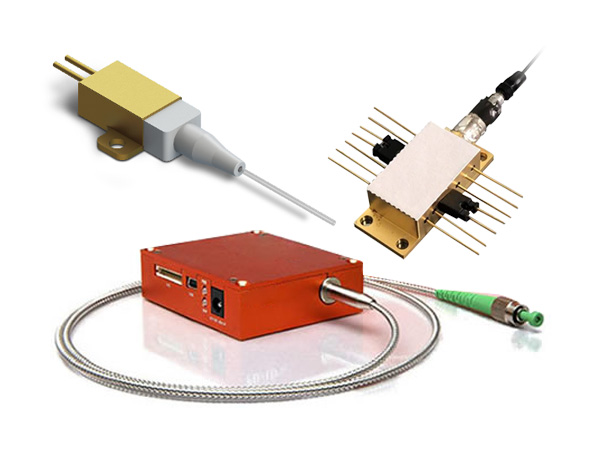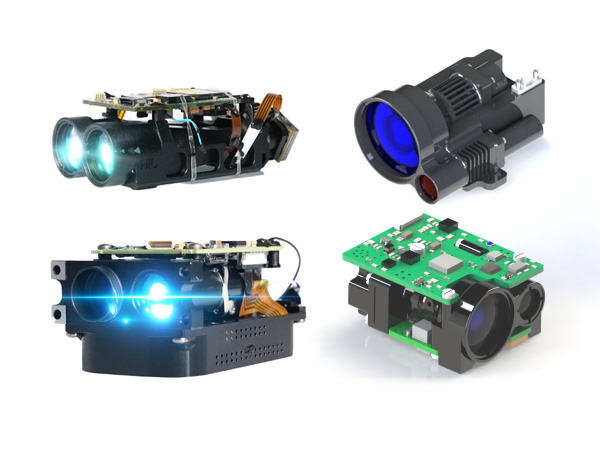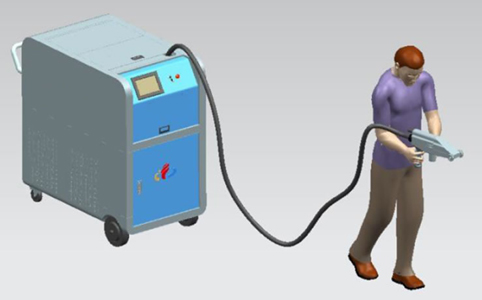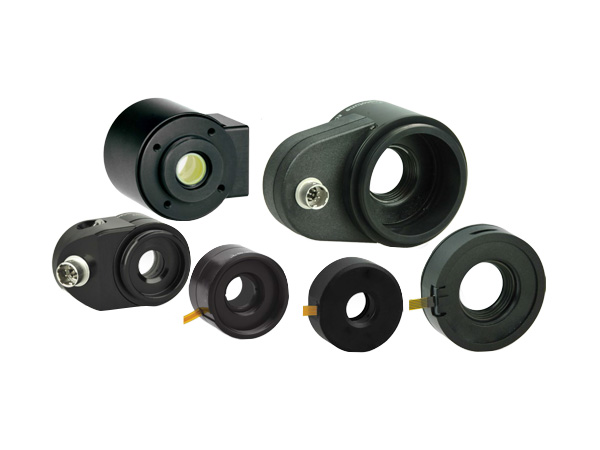Hollow-core Crystal Fiber in Medical and Research section
Medical and Surgery
Bringing the laser to a cell or a patient body part in a safe and user-friendly manner remains one of the commodities that is highly sought after by surgeons and biologists. STGLO Kagome fiber and its functionalised form PMC is well suited to offer a laser delivery link to any cells or body part with exceptional combination of flexibility, low transmission optical loss, low pulse distortion, and access to very small and inconspicuous spaces to machine. We are current experience with players in the bio-medical sector is an asset that it offers to end-users or medical machine manufacturers in developing innovative fiber laser tools for surgery and bio-medical applications.
Bio-research
Flow cytometry
A technique that is used to analyse thousands of microscopic particles, such as cells every second, and which can also isolate particles with specific properties. The technique is being increasingly used for diagnosing health disorders, such as blood cancers. Modern flow cytometers contain multiple lasers with visible wavelengths. The lasers currently used do not exactly match the excitation wavelengths of the dyes and the systems are typically expensive and bulky. Our technology can provide a multi-line laser source which exactly matches a number of the dye wavelengths at high power which is also compact and low cost and would have a significant impact in this field.
Research Based Bio-imaging
Uses Lasers extensively in a number of bio-imaging techniques, such as confocal microscopy, multiphoton microscopy and photoacoustic imaging. Our technology can be used to provide an alternative to existing products for these techniques as well as opening up new opportunities with the generation of wavelengths previously unachievable with products on the market.
DNA Sequencing.
The DNA sequencing is growing rapidly with developments in the speed of sequencing towards personalised medicine. Visible lasers around the wavelengths of key fluorescent dyes are a key part of the microarray scanners which are used in sequencing. Closer matching of lasers to the dye wavelengths has the potential to reduce the overall laser power applied to the sample and give clearer results. Our laser frequency conversion technology is an excellent candidate for development of such lasers.
Forensics.
Forensic systems use lasers to detect latent fingerprints and trace evidence at defined wavelengths in the visible. Current solutions for this are bulky and expensive. The PMC has the potential to offer a low cost, hand-held compact solution for forensic analysis.
 English
English Français
Français Deutsch
Deutsch euskara
euskara Русский язык
Русский язык Italiano
Italiano Português
Português Nederlands
Nederlands Polski
Polski Greek
Greek Lietuva
Lietuva Türkçe
Türkçe 日本語
日本語 한어
한어 中文
中文 தாமில்
தாமில் فارسی
فارسی हिंदी
हिंदी Tiếng Việt
Tiếng Việt ภาษาไทย
ภาษาไทย Pilipino
Pilipino Indonesia
Indonesia தாமில்
தாமில்





